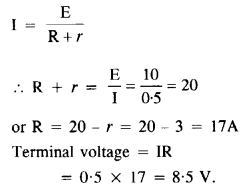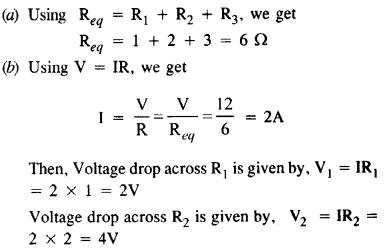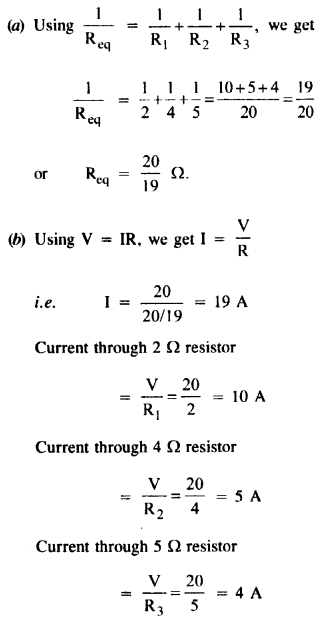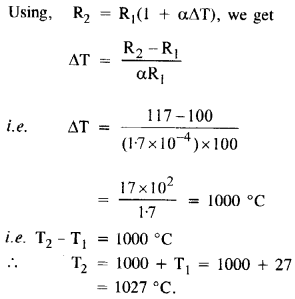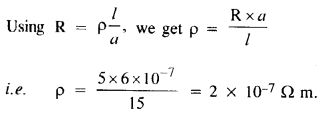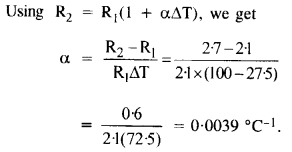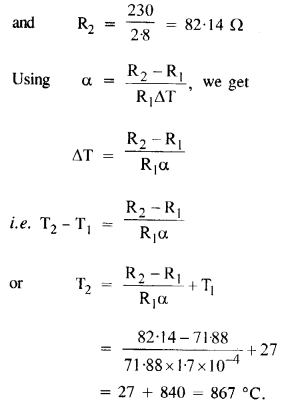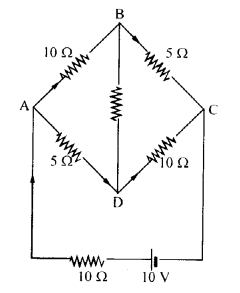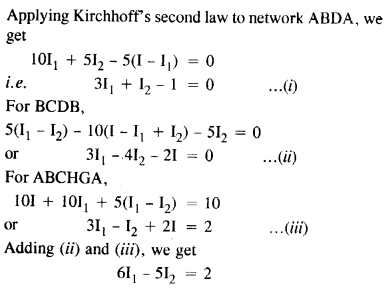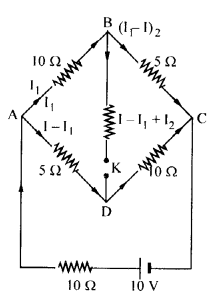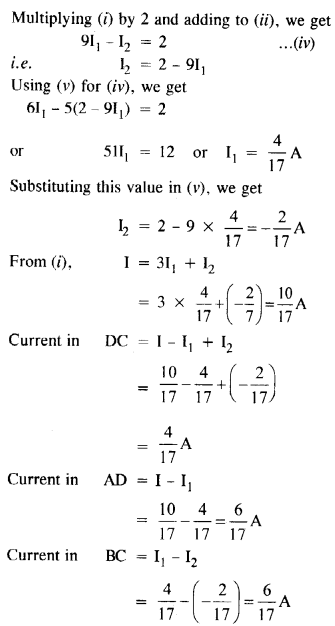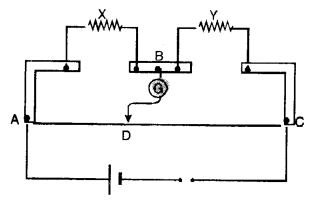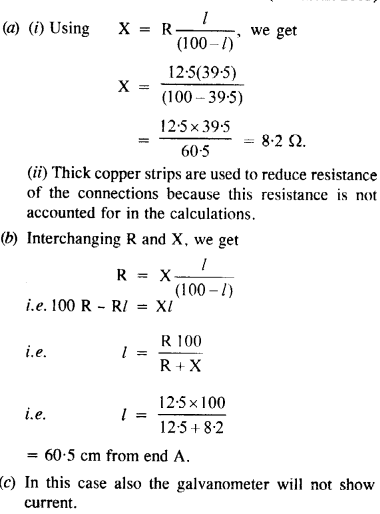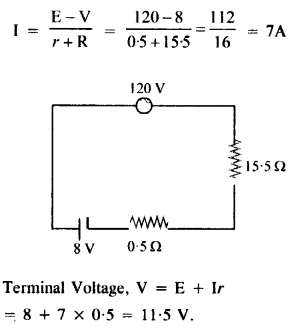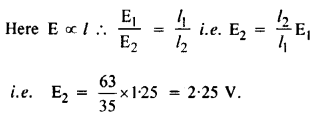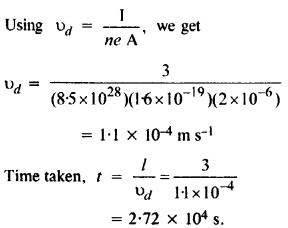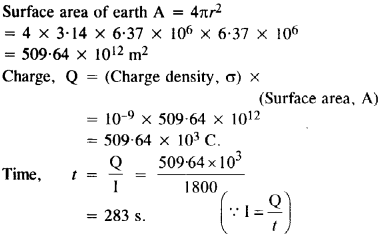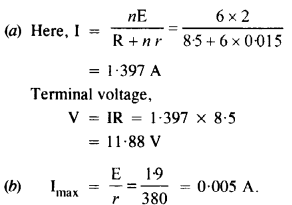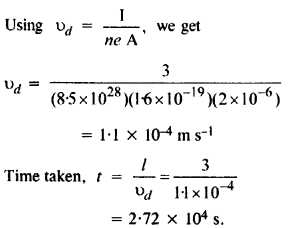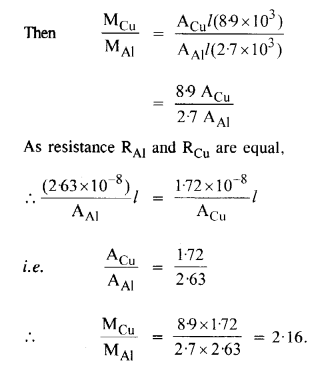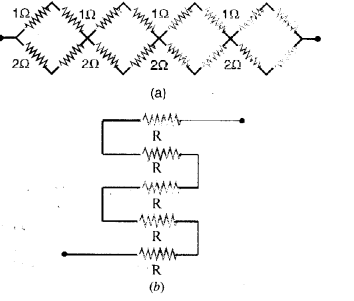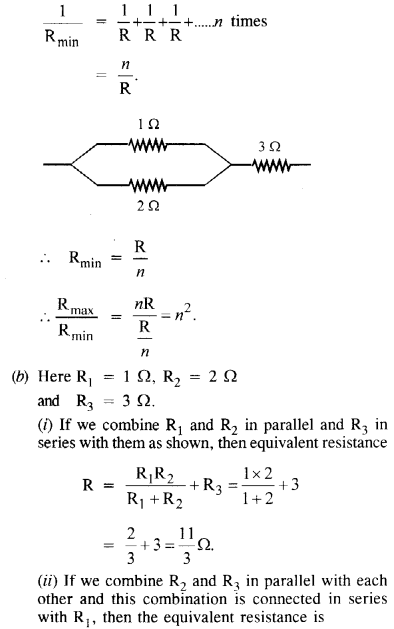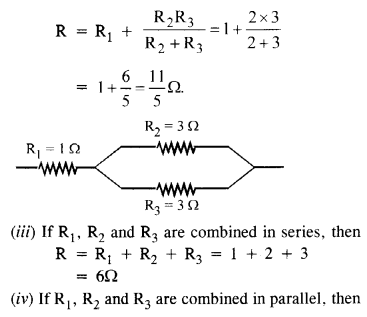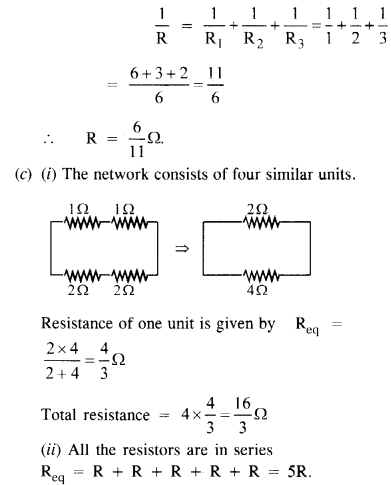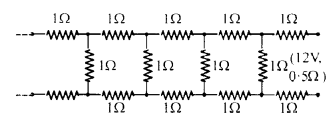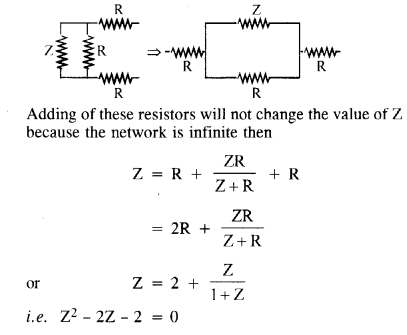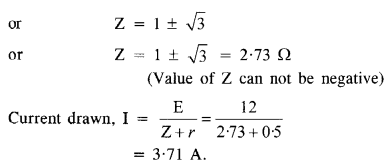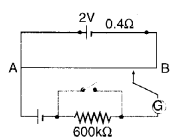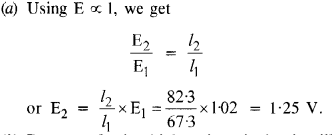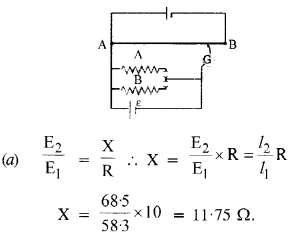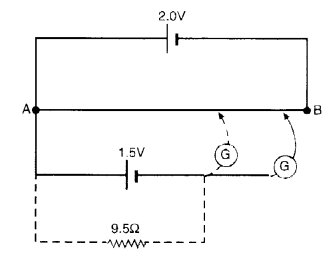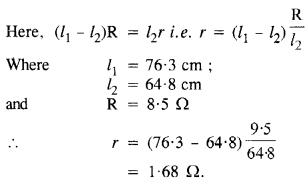NCERT Solutions for Class 12 History Chapter 11 Rebels and the Raj The Revolt of 1857 and its Representations are part of NCERT Solutions for Class 12 History. Here we have given NCERT Solutions for Class 12 History Chapter 11 Rebels and the Raj The Revolt of 1857 and its Representations.
| Board | CBSE |
| Textbook | NCERT |
| Class | Class 12 |
| Subject | History |
| Chapter | Chapter 11 |
| Chapter Name | Rebels and the Raj The Revolt of 1857 and its Representations |
| Number of Questions Solved | 9 |
| Category | NCERT Solutions |
NCERT Solutions for Class 12 History Chapter 11 Rebels and the Raj The Revolt of 1857 and its Representations
Question 1.
Why did the mutinous sepoys in many places turn to erstwhile rulers to provide leadership to the revolt ?
Solution :
The mutinous sepoys in many places turn to erstwhile rulers to provide leadership to the revolt due to the following factors :
- To acquire a kind of legitimacy : On reaching Delhi the Sepoys of Meerut demanded that the Mughal emperor give them his blessing and to become their leader. Bahadur Shah had no other option but to become their nominal leader. The revolt thus acquired a kind of legitimacy because it could now be carried on in the name of the Mughal emperor. Similarly, Nana Sahib the successor to Peshwa Baji Rao II became the leader of the rebellion in Kanpur.
- In Jhansi, Rani Lakshmi Bai was forced by the popular pressure to assume the leadership of the uprising.
- There was also need for organisation that could carry on the rebellious activities in a proper manner. That guidance could be provided by the erstwhile rulers like Nana Sahib, Jhansi ki Rani and others.
Question 2.
Discuss the evidence that indicates planning and coordination on the part of the rebels.
Solution :
The rebellion was not abrupt and sporadic but to a great extent done with planning and care. This is brought out by the following points:
- The rebels decided to strike when the large part of the British army was in Burma.
- The time chosen for the rebellion was summer that is very hostile weather condition for the British. Summer was also the season when the entire countryside would be easy to navigate.
- To spread the message of rebellion, the rebels used symbols bread and lotus from village to village.
- Efforts were made to maintain Hindu-Moslem unity. Whenever an area would fail under rebel control, cow slaughter was banned.
Question 3.
Discuss the extent to which religious beliefs shaped the events of 1857.
Solution :
The religious beliefs shaped the events of 1857 in a significant way as mentioned below:
- The immediate cause of the revolt by the sepoys at Meerut was the bullets that were coated with the fat of cows and pigs and bitting those bullets would corrupt the caste and religion of both the Hindus and Muslims.
- There was also rumour that the British had mixed the bone dust of cows and pigs into the flour that was sold in the market.
- There was also fear and suspicion that the British wanted to convert Indians to Christianity
Question 4.
What were the measures taken to ensure unity among the rebels?
Solution :
A very important element of the revolt of 1857 was the unity shown by Hindus and Moslems in the struggle against the foreign rule. First the immediate cause of the rebellion was the use of cartridge greased with fat of cow and pig, angering Hindus and Moslems alike. After the rebels marched to Delhi, they declared the Mughal emperor Bahadurshah their all India leader. Thus, the Mughal emperor was the leader of Hindus and Muslems alike. Both Hindus and Muslims respected each others’ religious sentiments. Whenever a new area fell into the control of rebels, cow slaughter was made illegal to respect Hindu sentiments. Thus, Hindu-Muslim unity was the hallmark of the mutiny.
Question 5.
What steps did the British take to quell the uprising ?
Solution :
The British took the following steps to quell the uprising :
- The British passed a series of laws to quell the insurgency. By these Acts passed in May and June 1857, the whole of North India was put under martial law.
- The military officers and even ordinary Britons were given the power to try and punish Indians suspected of rebellion.
- The ordinary processes of law and trial were suspended and it was decided that rebellion would have only one punishment – death.
- The reinforcements were brought in from Britain.
- The British used military power on a gigantic scale.
- The British tried to break up the unity between big landholders and peasants in Uttar Pradesh by promising to give back to the big landholders their estates. Rebel landholders were dispossessed and the loyal rewarded.
Question 6.
Why was the revolt particularly widespread in Awadh? What prompted peasants, taluqdars and zamindar to join the rebellion?
Solution :
The Mutiny of 1857 which was rebellions of the sepoys of the Company, turned into mass uprising in certain areas of the country. The most prominent was the area that was erstwhile part of the kingdom of Oudh. One report of the government says that 75 percent of men in Oudh were involved in the rebellion. Following are the main reasons why it took a mass uprising in that area:
1. Unceremonious removal of the Nawab: The nawab of Oudh Wazid Ali Shah was removed by Dalhosies on the pretext of poor governance. The removal was looked upon by the people as high handed and insult to them. The local people sympathized with the nawab. Thus, the public sentiment was against the British government that got a vent out during the revolt.
2. The ruling elite of Oudh: The ruling elite of Oudh during the rule of Nawab was dislodged from the position of power and prestige. The ruling elite that was employed in the Court of nawab and other senior position was rendered unemployed. They began to feel hardships and it had a cascading impact, the people dependent on them also slipped in depravity. For all such people British rule was the culprit.
3. The agrarian unrest: There was strong anti-British sentiment in Oudh from the level of Talukdars to peasants. Talukdars were rich landlords collecting taxes and enforcing law and order. They enjoyed a lot of autonomy as long as they paid revenue to nawab. The talukdars faced the heavy hands of the British masters. Their autonomy ceased to exist. Their foot soldiers were disarmed and disbanded. The peasants were oppressed more as hardships engulfed the Talukdars. Peasants were over assessed and forced to pay higher taxes than in past.
4. Muslim Anger: The Muslems in North India looked upon British as snatcher of their empire. The Moslems thought themselves as natural rulers of India who were displaced from this position by the British. The Oudha which has the substantial Moslem population burst out against the Company’s rule when it got an opportunity viz. the mutiny of 1857. In fact the then government of East India Company described the mass uprising of Oudh as Moslem conspiracy.
Question 7.
What did the rebels want ? To what extent did the vision of different social groups differ ?
Solution :
(a) The Azamgarh Proclamation of 25 August, 1857 is the main source of information about what the rebels wanted. The objects mentioned in this Proclamation are as given below :
- Zamindars : lb reduce the Jumas, to protect their dignity and honour and to have absolute rule in their territories.
- Merchants : End of fraudulent practices, Right to trade of every article without exception both by land and water to all the native merchants of India.
- Public servants : Better salaries and appointment to high posts.
- Artisans : Employment in the service of the Kings, rajahs and the rich.
- Pundits, Fakirs and other learned persons : To protect their religions.
(b) Besides the objects mentioned in the Azamgarh Proclamation, the other objects of the rebels were as follows :
- To restore the life of people as it existed before the British rule.
- To save their livelihood, their faith, their honour and dignity.
- To have an egalitarian society by overturning traditional hierarchies.
- To restore the pre-British world of the eighteenth century i.e., Mughal world.
(c) From above it is clear that the vision of different groups differed from each other according to their problems. But on the whole they were against the British rule and wanted to get rid of it.
Question 8.
What do visual representations tell us about the revolt of 1857 ? How do historians analyse these representations ?
Solution :
(a) The visual representations give us the following information :
- Information about saviours: Paintings such as “Relief of Lucknow” depicts British heroes – Colin Campbell, Outram and Havelock who saved the British and repressed the rebels in Lucknow.
- Painting showing helpless and innocent women in fear of dishonour, violence and death. “In Memoriam’ is a painting that shows the condition of British women dming mutiny and what the mutineers were doing with them.
- Women’s struggle to save their honour and their life. The sketch showing Miss Wheeler as defending herself against sepoys in Kanpur shows that the women too tried to save themselves. It has, however, a deeper religious connotation. It was a battle to save the honour of Christianity.
- Vengeance and retribution : The visual representations such as Justice — an allegorical female figure in an aggressive posture depicts that there was great demand for a repressive policy and violent reprisal.
- The performance of terror: The “British Lion’s Vengeance on the Bengal Tiger” and “Execution of Mutineers in Peshawar” proves that the British followed a repressive policy to create terror among the Indians.
- No time for clemency: ‘The Clemency of Canning’ is a cartoon that shows that there was no time for leniency against the Indians.
- Nationalist imageries : The nationalist considered it a First War of Independence. Rani Lakshmi Bai and others were depicted as heroic figures. Usually, Rani was portrayed in battle armour that symbolised her determination to resist injustice and alient rule.
Thus, the paintings and other visual representation tell us about the feeling of the people in India and Britain.
(b) The historians consider these pictorial images produced by the British as well as by the Indians an important source of information about the feelings and reaction of the people at that time. These images reflect the public opinion which influenced the policies of the British government. On the other hand, the national imageries depict the national feelings of the Indians.
Question 9.
Examine any two sources presented in the chapter, choosing one visual and one text, and discuss how these represent the point of view of the victor and the vanquished.
Solution :
(a)
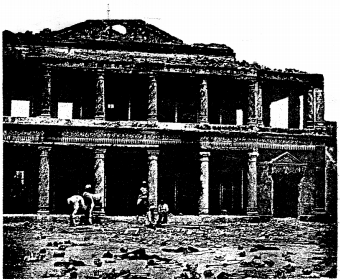
The above picture shows Secundrah Bagh, Lucknow. This place was once the pleasure garden which was built by Nawab Wajid Ali Shah. After the rebellion, the British forces led by Cambell killed 2000 rebel sepoys who held the place in 1857. The skeleton strewn on the ground are meant to be a cold warning of the futility of rebellion. This shows that in Awadh where according to an estimate three-fourths of adult male population was in rebellion, too could not succeed and were under control in March 1858.
(b) Villagers as rebels
An officer reporting from rural Awadh (spelt as Oude in the following account) noted : The Oude people are gradually pressing down on the line of communication from the North … the Oude people are villagers … these villagers are nearly intangible to Europeans melting away before them and collecting again. The Civil Authorities report these villagers to amount to a very large number of men, with a number of guns.’
The above source depicts the way in which villagers in Awadh fought with the British forces. They could not be defeated easily because they used to melt away before the British but soon after they collected again. Thus, it was very difficult for the British to control them. The fighting in Awadh continued till March 1858. This shows that in Awadh the rebellion was spread. On the other hand, it shows that inspite of difficulties, the British were determined to suppress the rebellion. The forces were used on a gigantic scale and ultimately Awadh was brought under control.
We hope the NCERT Solutions for Class 12 History Chapter 11 Rebels and the Raj The Revolt of 1857 and its Representations help you. If you have any query regarding NCERT Solutions for Class 12 History Chapter 11 Rebels and the Raj The Revolt of 1857 and its Representations, drop a comment below and we will get back to you at the earliest.
